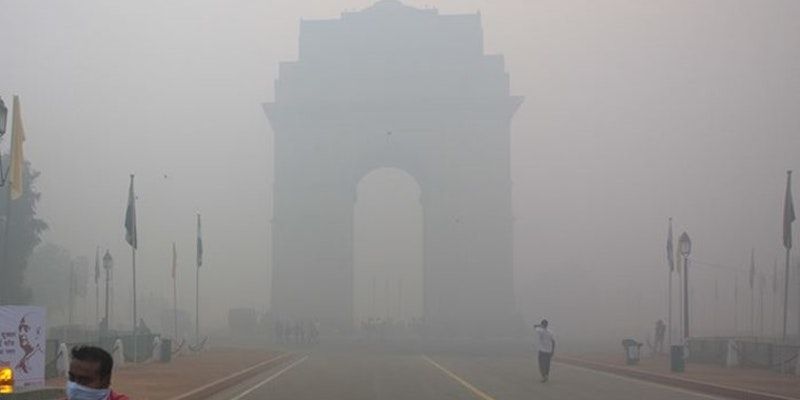
Delhi, grappling with a dire air pollution crisis, is exploring innovative measures to combat the alarming levels of pollutants. In a proactive move, the Delhi government is considering the implementation of artificial rain through cloud seeding. This groundbreaking approach, discussed after a meeting between Environment Minister Gopal Rai and a team from IIT Kanpur, could potentially transform the city’s Air Quality Index (AQI).
Let’s delve into the details of this creative strategy and understand how artificial rain might emerge as a beacon of hope in the battle against pollution.
The urgency: Delhi’s health at stake
Alarming Air Quality Index
As of today, Delhi’s AQI stands at 670, a level deemed extremely hazardous. Fine particulate matter, nitrogen dioxide, sulfur dioxide, and other pollutants surpass safe limits, contributing to respiratory and cardiovascular problems. Breathing the polluted air in Delhi is likened to smoking around 10 cigarettes a day, a stark reality highlighted by healthcare professionals.
Vulnerable populations at risk
The health implications are dire, especially for vulnerable populations such as children, the elderly, and individuals with pre-existing health conditions. The urgency to address this crisis is underscored by the potential long-term health complications resulting from prolonged exposure to polluted air.
Government Measures and Expert Concerns
Conventional measures
The Delhi government has implemented various measures, including the odd-even scheme for vehicles, temporary closure of schools for in-person classes, and adherence to Stage IV of the Graded Response Action Plan (GRAP). These efforts, while commendable, might face challenges, especially with the looming threat of increased pollution during Diwali due to firecrackers.
Expert warnings
Experts caution that despite these measures, the situation may exacerbate during Diwali, amplifying the adverse effects of pollution. The potential spike in pollutants from firecrackers could undermine the progress made through existing initiatives, emphasising the need for novel approaches like artificial rain to complement conventional strategies.
An innovative initiative: Artificial rain to tackle pollution
Government’s proactive approach
In a bid to address the soaring AQI levels, the Delhi government, led by Environment Minister Gopal Rai, is exploring the possibility of inducing artificial rainfall through cloud seeding. The plan, discussed during a meeting on November 8, indicates that if atmospheric conditions are favourable on November 20-21, Delhi could witness artificial rainfall. This marks a significant departure from conventional measures, reflecting a commitment to exploring innovative solutions to the city’s pollution woes.
Understanding artificial rain: Cloud seeding demystified
Weather modification technique
Artificial rain, synonymous with cloud seeding, represents a weather modification technique aimed at encouraging precipitation. This involves the introduction of substances, such as silver iodide or potassium iodide, into clouds. These particles, dispersed using aircraft or helicopters, act as nuclei around which water droplets coalesce, ultimately leading to the formation of raindrops. The success of this process relies on specific meteorological conditions, including the presence of moisture-laden clouds and suitable wind patterns, making it a fascinating method to influence weather patterns.
Implementation in Delhi
Considering Delhi’s staggering AQI of 670, categorised as “extremely hazardous” by the Delhi Air Pollution Board, the implementation of artificial rain becomes a strategic intervention. Pollutants like PM2.5, PM10, NO2, and SO2 exceed safe limits, posing severe health risks, especially to vulnerable populations. Artificial rain, if successfully executed, could provide a targeted solution to mitigate these risks by reducing pollutant concentrations in the air.
As Delhi embraces innovation to combat pollution, may clear skies prevail. Together, we can breathe easy.









![Read more about the article [Startup Bharat] Making handicrafts mainstream, how this entrepreneur is ensuring sustainable living](https://blog.digitalsevaa.com/wp-content/uploads/2022/05/Image1bd1-1652279128132-300x150.jpg)
